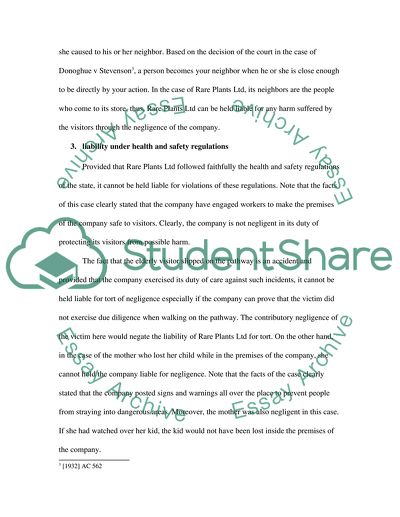Cite this document
(Analysis of Common Law Cases Case Study Example | Topics and Well Written Essays - 2500 words, n.d.)
Analysis of Common Law Cases Case Study Example | Topics and Well Written Essays - 2500 words. Retrieved from https://studentshare.org/law/1733597-common-law
Analysis of Common Law Cases Case Study Example | Topics and Well Written Essays - 2500 words. Retrieved from https://studentshare.org/law/1733597-common-law
(Analysis of Common Law Cases Case Study Example | Topics and Well Written Essays - 2500 Words)
Analysis of Common Law Cases Case Study Example | Topics and Well Written Essays - 2500 Words. https://studentshare.org/law/1733597-common-law.
Analysis of Common Law Cases Case Study Example | Topics and Well Written Essays - 2500 Words. https://studentshare.org/law/1733597-common-law.
“Analysis of Common Law Cases Case Study Example | Topics and Well Written Essays - 2500 Words”, n.d. https://studentshare.org/law/1733597-common-law.


